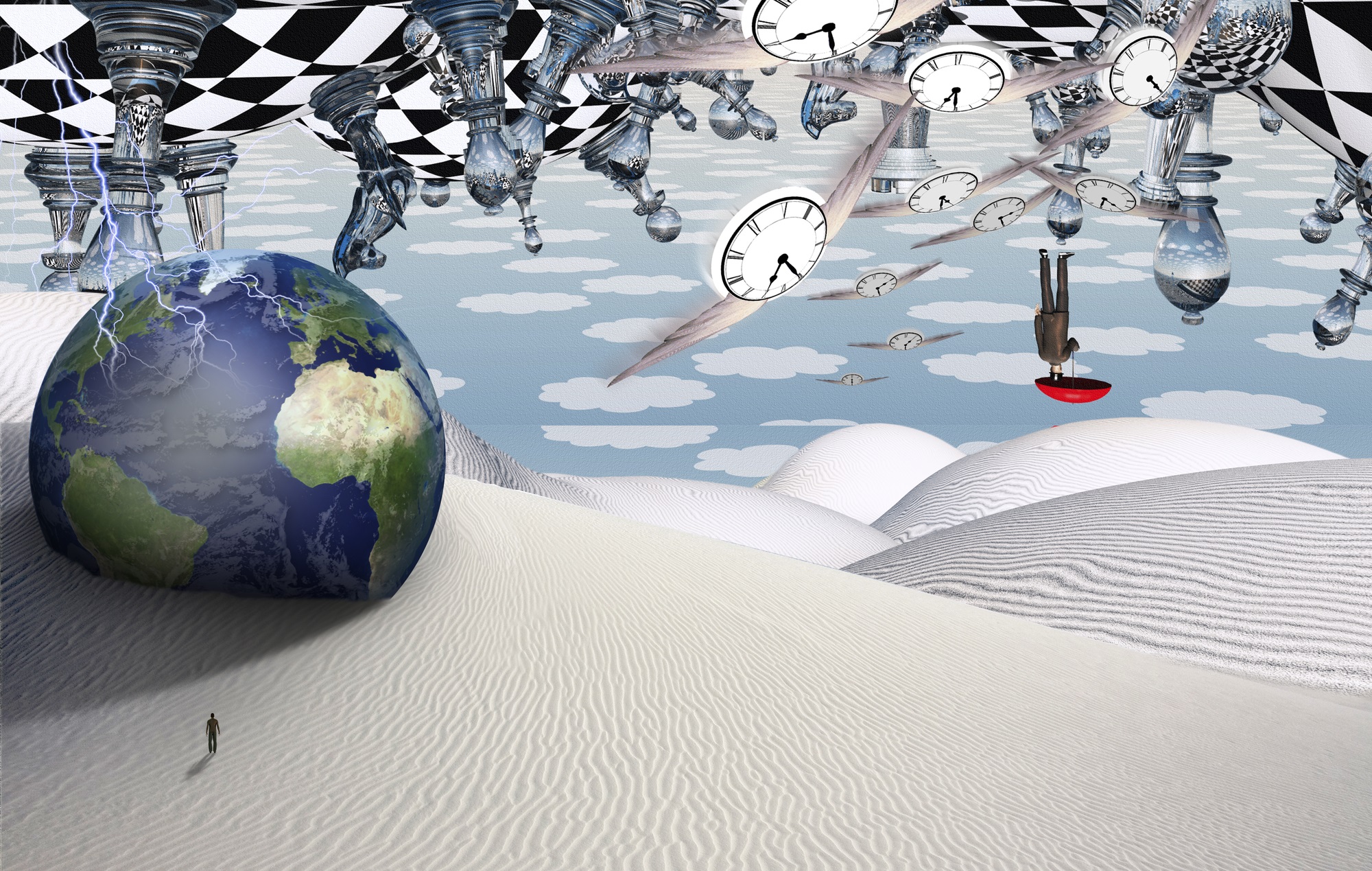

The leap second’s days, so to speak, are numbered. Late last year, the world’s timekeepers announced they would abandon the punctual convention in 2035.
That still gives timekeepers a chance to invoke the leap second before its scheduled end—in a more unconventional way. Ever since its creation, they’ve only used positive leap seconds, adding a second to slow down the world’s clocks when they get too far ahead of Earth’s rotation.
As it happens, the world’s clocks aren’t ahead right now; in fact, they’ve fallen behind. If this trend holds up, it’s possible that the next leap second may be a negative one, removing a second to speed the human measure of time back up. That’s uncharted territory.
The majority of humans won’t notice a missing second, just as they wouldn’t with an extra one. Computers and their networks, however, already have problems with positive leap seconds. While their operators can practice for when the world’s clocks skip a second, they won’t know what a negative leap second can do until the big day happens (if it ever does).
“Nobody knows how software systems will react to it,” says Marina Gertsvolf, a researcher at the National Research Council, which is responsible for Canada’s timekeeping.
The second is defined by a process that occurs in the nucleus of a cesium-155 atom—a process that atomic clocks can calculate with stunning accuracy. But a day is based on how long the Earth takes to finish one full spin, which takes 24 hours or 86,400 of those seconds.
Except a day isn’t always precisely 86,400 seconds, because the planet’s rotation isn’t a constant. Everything from the mantle churning to the atmosphere moving to the moon’s gravity pulling can play with it, adding or subtracting a few milliseconds every day. Over time, those differences add up.
[Related: What would happen if the Earth started to spin faster]
An organization called the International Earth Rotation and Space Systems Service (IERS) is responsible for tracking and adjusting for the changes. When the gulf widens by enough, they decree that the final minute of June 30 or December 31—whichever comes next—should be modified with a leap second. Since 1972, these judges of time have added 31 positive leap seconds.
But for the past several months, Earth’s rotation has been pacing ahead of the world’s clocks. If this continues, then it’s possible the next leap second might be negative. At some point in the late 2020s or early 2030s, IERS might decide to peel away the last second of the last minute of June 30 or December 31, resulting in a minute that’s 59 seconds long. Clocks would skip from 23:59:58 right to 00:00:00. And we don’t know what that will do.
What we do know is the chaos that past positive leap seconds have caused. It’s nothing like the apocalyptic collapse that Y2K preppers feared, but the time tweaks have given systems administrators their fair share of headaches. In 2012, a leap second glitched a server’s Linux operating system and knocked out Reddit at midnight. In 2017, Cloudflare—a major web service provider—experienced a significant outage due to a leap second. Problems invariably arise when one computer or server talks to another computer or server that still might not have accounted for a leap second.
As a result, some of the leap second’s biggest critics have been tech companies who have to deal with the consequences. And at least one of them is not excited about the possibility of a negative leap second. In 2022, two Facebook engineers wrote: “The impact of a negative leap second has never been tested on a large scale; it could have a devastating effect on the software relying on timers or schedulers.”
Timekeepers, however, aren’t expecting a meltdown. “Negative leap seconds aren’t quite as nasty as positive leap seconds,” says Michael Wouters, a researcher at the National Measurement Institute, Australia’s peak measurement body.
[Related: Daylight saving can mess with circadian rhythm]
Still, some organizations have already made emergency plans. Google, for instance, uses a process they call a “smear.” Rather than adding a second, it spread a positive leap second over the course of a day, making every second slightly longer to make up the difference. According to the company, it tested the process for a negative leap second by making every second slightly shorter, amounting to a lost second over the course of the day.
Many servers get their time from constellations of navigation satellites like America’s GPS, Europe’s Galileo, and China’s BeiDou. To read satellite data, servers typically rely on specialized receivers that translate signals into information—including the time. According to Wouters, many of those receivers’ manufacturers have tested to handle negative leap seconds. “I think that there is a lot more awareness of leap seconds than in the past,” says Wouters.
At the end of the day, the leap second is just an awkward, artificial construct. Human timekeepers use it to force the astronomical cycles that once defined our time back into lockstep with the atomic physics that have replaced the stars. “It removes this idea that time belongs to no country … and no particular industrial interest,” says Gertsvolf.
So, with the blessing of the world’s timekeepers, the leap second is on its way out. If that goes according to plan, then we can let the Earth spin as it wants without having to skip a beat.
